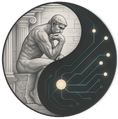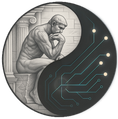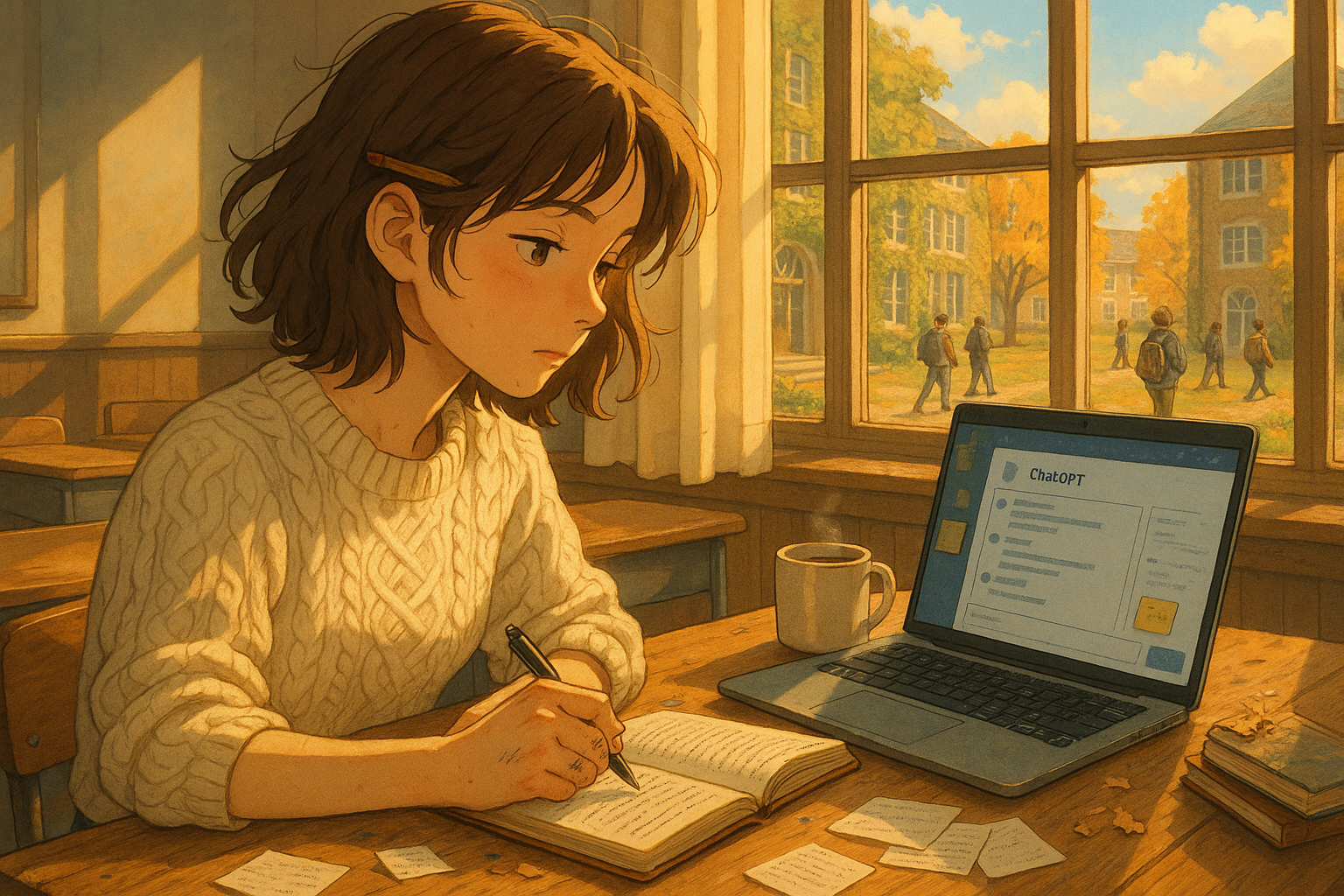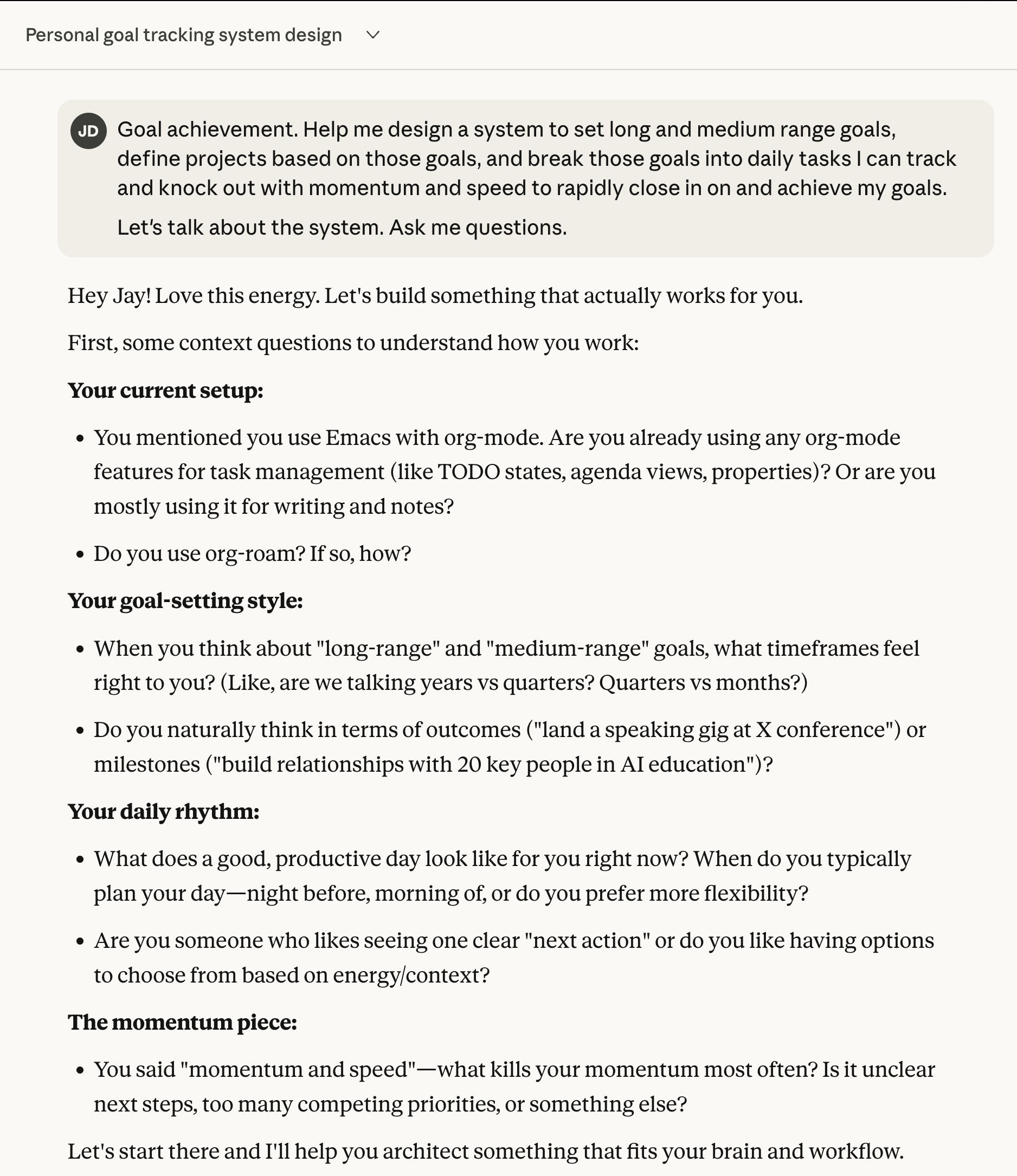The AI Creativity Paradox
Why most writers and academics are missing the biggest opportunity of our time—and how to use AI as a thinking amplifier, not replacement.

The AI Creativity Paradox: Why Most Writers and Academics Are Missing the Biggest Opportunity of Our Time
How to transform AI from threat to thinking partner
There’s a fascinating paradox happening in creative and academic circles right now. While AI capabilities surge forward, the very people who could benefit most—writers, professors, students—are either avoiding it entirely or using it in ways that diminish rather than amplify their creativity.
As someone who spent years as Head of Community for Writers at OpenAI, and before that teaching at Yale, I’ve witnessed this divide firsthand. Most of my colleagues in humanities, writing, and creative fields hate AI. They see it as a threat to authentic thinking, a shortcut that undermines the very skills we’re trying to develop. These concerns aren’t invalid—they’re actually quite understandable.
But here’s what they’re missing: AI isn’t meant to replace your creativity. It’s meant to amplify it.
The Expertise Gap
I find myself in a unique position. While there are plenty of people who understand AI’s technical capabilities, and plenty who understand writing and creativity, there are very few who deeply understand both—and even fewer who can bridge that gap for others.
This creates a massive opportunity. While most academics focus on policing AI misuse (which is important), they’re overlooking how AI can actually help students and faculty think more rigorously, write more effectively, and explore ideas more creatively.
A Different Way to Think About AI
Let me share how I actually use AI in my creative work, because it’s probably not what you expect.
I never use AI to generate my writing. That would be like hiring someone else to have my thoughts. Instead, I use it as what I call a “thinking partner”—a sophisticated sounding board that helps me develop and refine my own ideas.
Here’s my typical process:
-
I write my own draft first. The ideas, structure, and voice are entirely mine.
-
Then I engage AI as a critic and coach. I paste my draft and ask: “Where is this unclear? Where am I being boring? Where do I need better examples? Where am I over-explaining or under-explaining?”
-
I use it to stress-test my thinking. I’ll say, “Here’s my argument. What are the potential contradictions or weak points?” This often leads me to insights I wouldn’t have reached alone.
-
I treat it as a Socratic questioner. Just like a good conversation partner, AI can ask questions that help me make connections and uncover ideas I didn’t know I had.
This approach has made me more productive and, I believe, more creative than I’ve ever been. The key insight? The creativity comes from me. AI just helps me access it more effectively.
The Failure of Imagination
When I show people these techniques, their reaction is almost always the same: “Oh, I never thought of using it that way!”
It reminds me of when I first showed my mother ChatGPT. I said, “This is amazing! You can ask it anything!” She typed “What’s the capital of Canada?” got “Ottawa,” and handed it back, impressed but finished. She had no idea she could ask it to coach her on making friends in her new building, help her plan a dinner party, or brainstorm solutions to a work challenge.
This isn’t a failure on the user’s part—it’s a failure of imagination about what’s possible. Most people default to thinking of AI as either a search engine or a content generator. They miss the transformative potential of AI as an interactive thinking tool.
The Stakes Are Higher Than You Think
Here’s why this matters urgently: The creative and academic professionals who learn to use AI as a thinking amplifier will have a massive advantage over those who don’t. They’ll be able to:
- Generate and refine ideas faster
- Get immediate feedback on their work
- Explore creative directions they might never have considered
- Push their thinking in more rigorous directions
Meanwhile, institutions that focus only on preventing AI misuse—without teaching effective AI collaboration—are doing their students and faculty a disservice.
The Path Forward
Whether you’re a university leader, a creative professional, or someone who manages teams of knowledge workers, the question isn’t whether AI will impact your field. It’s whether you’ll harness its potential thoughtfully or let fear keep you on the sidelines.
The organizations and individuals who figure this out first—who learn to use AI as a creativity amplifier rather than a creativity replacement—will set the standard for what’s possible in their fields.
This is where Socratic AI comes in. I help writers, educators, students, and creative professionals discover how to use AI ethically and effectively—not to do their thinking for them, but to think better, create more boldly, and push their work to new levels.
The future belongs to humans who know how to think alongside AI, not to those who fear it or misuse it.
Ready to explore what’s possible? Let’s start a conversation about how AI can amplify the creativity and thinking that already makes your work exceptional.
Jay Dixit is the founder of Socratic AI and former Head of Community for Writers at OpenAI. He specializes in helping creative professionals and educational institutions use AI as a thinking amplifier rather than a thinking replacement.




